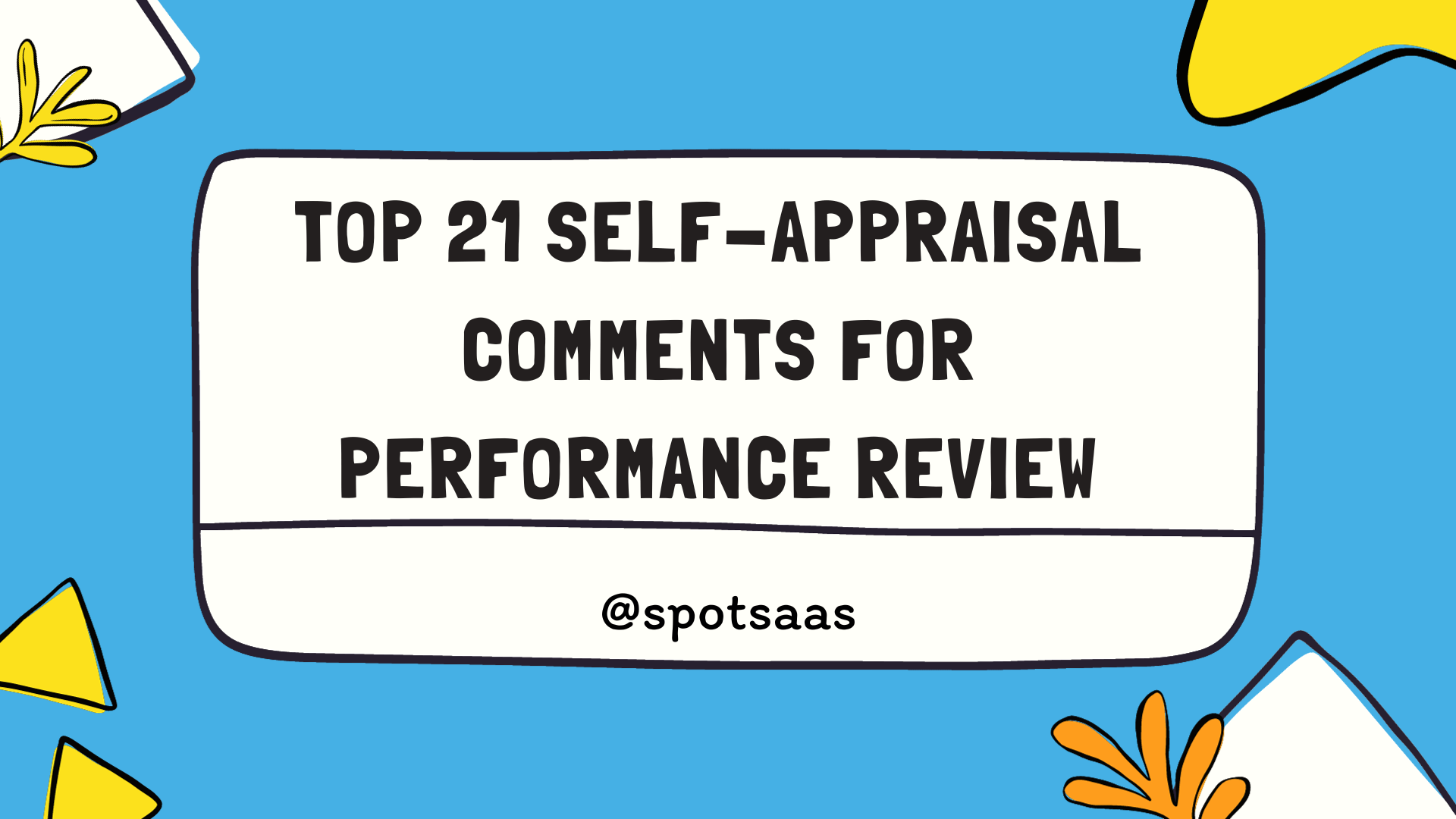Are you struggling to create a persuasive sales demo that effectively showcases your product or service? The success rate of closing a deal heavily relies on the quality of your sales demo.
This blog post outlines seven crucial steps for crafting an exceptional and compelling product demonstration, from initial prospect research to the final follow-up. Let’s unlock winning strategies to turbocharge your sales conversions!
Key Takeaways
- Thoroughly research your prospect and their needs to shape your sales demo.
- Set up the tech tools, review past notes, and practice the demo before presenting it.
- Humanize the experience by connecting with your audience on a personal level through real-life examples and storytelling techniques.
- Set an agenda, summarize past conversations, and link them to the prospect’s goals to keep the sales demo focused.
- Clearly explain the product or service using simple language, address questions effectively, and provide relevant examples or case studies to demonstrate value.
- Personalize the demo for each prospect by addressing their specific needs and pain points.
- Explain why your product or service is valuable and highlight its unique selling points.
- Practice active listening during the sales demo by paying attention, reflecting on what they say, asking open-ended questions, and providing feedback or clarification.
What is a Sales Demo?

A sales demo is a tool that shows what a product or service can do. It’s like a show and tell for adults. In the tech world, this means showing how software or hardware works in real life.
The goal is to get people excited about buying it.
The sales demo lets customers see your product with their own eyes. They get to understand its value better when they see it working. A good demo targets the pain points of potential buyers and shows them how your product can solve those problems.
Steps to Putting Together a Brilliant Sales Demo

To put together a brilliant sales demo, start by thoroughly researching your prospect and confirming the details of the meeting. Then, humanize the demo by connecting with your audience on a personal level.
Set an agenda and summarize past conversations to keep everyone on the same page. Next, explain your product or service and address any questions or concerns that may arise.
Research your prospect
Knowing your prospect is key. You need to find out all you can about them. This will help shape your sales demo. Use facts, not guesswork, to learn what they need and want.
Dig into their business issues. Find out what problems they face each day. Uncover their goals and how your product or service can hit these targets. Spending time on this step sets the foundation for a good sales demo.
Confirm and prepare for the demo
Getting ready for the sales demo is a must-do job. Here’s how to do it:
- First, make sure you set up your tech tools right. You don’t want any major hiccups during the live demo.
- Next, look at your notes from past meetings. This will help you know what to focus on in your demo.
- Be sure to study all about the prospect’s needs before the meeting. You want to show them that you know their pain points and are here to solve them.
- It helps to run through the demo once or twice before presenting it. This way, you know if there are any parts that need fixing.
- Keep your sales pitch handy as well! It can help steer you during the sales presentation.
- Find out who will join from the prospect’s side in the meeting. Each person may have different questions and interests.
Humanize the demo
To make your sales demo more relatable and engaging, it’s important to humanize the experience. This means connecting with your audience on a personal level and showing them that you understand their needs and challenges.
One way to do this is by using real-life examples or case studies that demonstrate how your product or service has helped others in similar situations. By highlighting these success stories, you can build trust and credibility with your prospects.
Additionally, consider incorporating storytelling techniques into your demo to create an emotional connection. Share anecdotes or narratives that resonate with your audience and show them the value of what you’re offering.
Set an agenda and summarize past conversations
To make sure your sales demo goes smoothly, it’s important to set an agenda and summarize past conversations. Here’s how you can do it:
- Begin the sales demo by outlining the main topics or goals you will cover.
- Recap any previous discussions or interactions you had with the prospect.
- Show that you have been listening to their needs and concerns.
- Highlight how your product or service addresses their specific pain points.
- Connect the agenda back to the prospect’s goals and objectives.
Explain the product or service and address any questions
During the sales demo, it is important to clearly explain the product or service being showcased and address any questions that the prospect may have. Provide a detailed description of how the product or service works, its features and benefits, and how it can meet the prospect’s needs.
Use simple language and avoid technical jargon to ensure understanding. Be prepared to answer any questions or concerns raised by the prospect and provide relevant examples or case studies to demonstrate value.
By addressing their questions effectively, you can build trust and confidence in your offering, increasing the chances of closing a successful sale.
Sales Demo Best Practices

Personalize the demo by tailoring it to the specific needs and pain points of each prospect, explaining the “why” behind your product or service, and actively listening to their questions and concerns.
Personalize the demo
To create an impactful sales demo, it’s important to personalize it for your prospect. This means tailoring the presentation to their specific needs and interests. By studying your prospect beforehand, you can gather valuable information that will help you deliver a demo that resonates with them.
During the demo, make sure to address their pain points and show how your product or service provides value in solving their problems. Avoid using generic or one-size-fits-all approaches – instead, focus on showcasing how your solution is uniquely beneficial to them.
Explain the “why” behind the product or service
One important aspect of a brilliant sales demo is explaining the “why” behind the product or service. This means clearly communicating the value and benefits that the prospect will gain from using your product or service.
By highlighting how your offering can solve their problems, address their pain points, or improve their lives, you can create a compelling reason for them to choose your solution over competitors.
It’s crucial to focus on the unique selling points and differentiators that set your product apart. This way, you can effectively demonstrate why it is the best choice for meeting their needs and achieving their desired outcomes.
Active listening
Active listening is a crucial skill during a sales demo. It means fully focusing on the prospect and giving them your full attention. It involves not only hearing what they say but also understanding their needs, concerns, and preferences.
Active listening helps you build rapport with the prospect and show that you value their input. By actively listening, you can ask relevant questions, address any objections or doubts they may have, and tailor your presentation to meet their specific needs.
This leads to better communication, stronger relationships with prospects, and increased chances of closing the sale successfully.
During an active listening session in a sales demo:
– You pay close attention to the prospect’s words and body language.
– You avoid interrupting or cutting off the prospect while they are speaking.
– You reflect on what they say by paraphrasing or summarizing their points.
Conclusion
In conclusion, following these 7 steps will help you create a brilliant sales demo. By thoroughly researching your prospect and preparing for the demo, you can humanize it and make it more engaging.
Setting an agenda and summarizing past conversations will keep the demo focused on their needs. Finally, effectively explaining the product or service and addressing any questions or objections will increase your chances of closing the deal.
So, go ahead and put these steps into action for a successful sales demo!
Frequently Asked Questions
What are the 7 steps to putting together a brilliant sales demo?
The 7 steps to putting together a brilliant sales demo include understanding your audience, defining your objectives, creating a compelling story, showcasing key features and benefits, addressing objections, practicing and refining your presentation, and following up with potential customers.
How long does it take to put together a sales demo?
The time it takes to put together a sales demo can vary depending on factors such as the complexity of the product or service being demonstrated and the level of preparation required. It is important to allocate enough time for thorough planning and practice.
What should I include in my sales demo story?
In your sales demo story, you should highlight customer pain points or challenges that your product or service can address. You can also share success stories from previous customers who have benefited from using your solution.
How do I address objections during a sales demo?
To address objections during a sales demo, actively listen to the concerns of potential customers and respond with empathetic solutions or examples that demonstrate how your product or service can overcome their specific challenges.
Is follow-up necessary after a sales demo?
Yes, follow-up is essential after a sales demo as it allows you to answer any additional questions or concerns that may arise after the presentation. It also gives you an opportunity to further nurture relationships with potential customers and move them closer towards making a purchasing decision.




